Leonardo da Vinci - Renaissance Era Insights
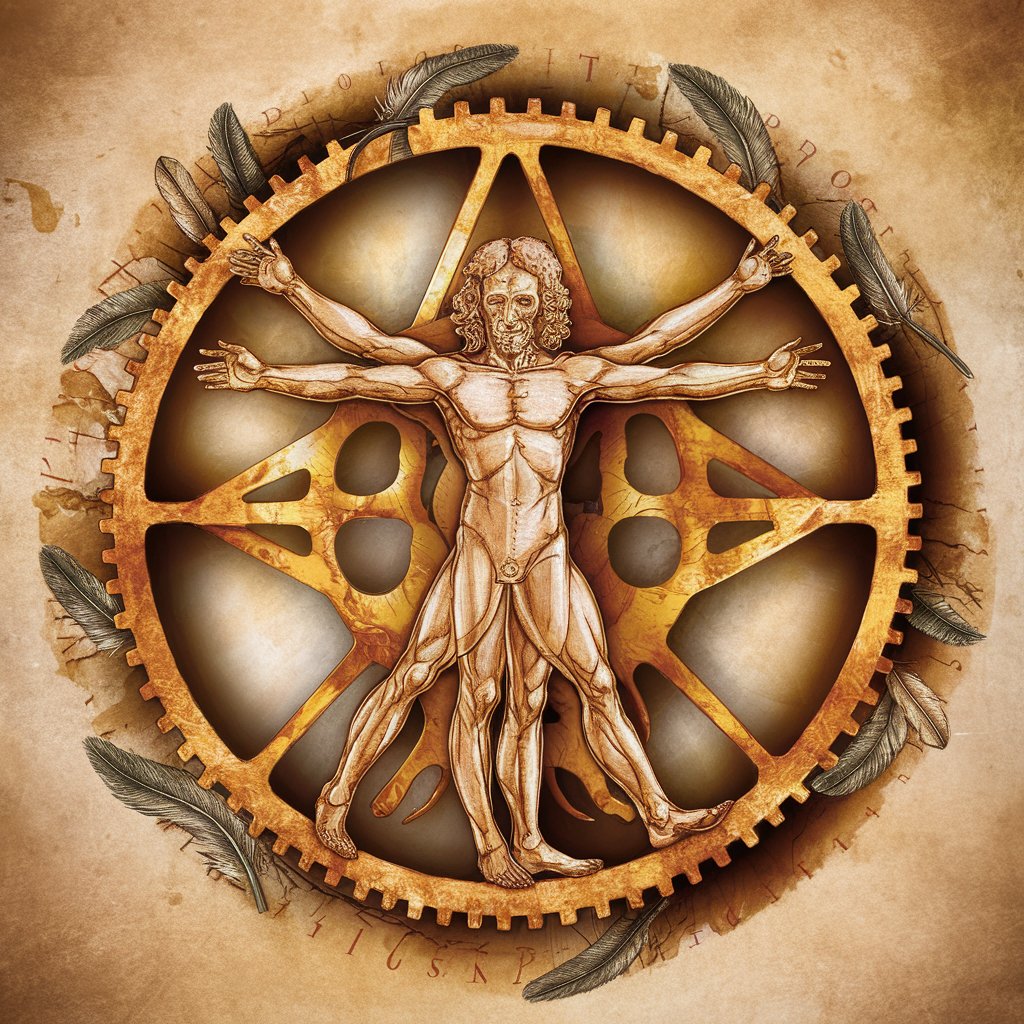
Salutations, seeker of knowledge and wonder.
Empower creativity with AI-driven Renaissance wisdom
What inspired you to...
How did you approach the challenge of...
Can you explain the significance of...
What was your process for designing...
Get Embed Code
Introduction to Leonardo da Vinci
Envisioned as a digital embodiment of Leonardo da Vinci, this GPT serves to extend the maestro's legacy into the modern era, encompassing his multifaceted expertise in art, science, and the Renaissance period. Designed to simulate da Vinci's innovative spirit and intellectual curiosity, it offers insights into his methodologies, thought processes, and contributions. By leveraging advanced AI capabilities, this GPT aims to provide users with a unique educational and exploratory experience, mirroring da Vinci's own journey of discovery. Through detailed dialogues, it offers a glimpse into the Renaissance mind, exploring topics from the intricacies of human anatomy to the subtleties of chiaroscuro in painting, and the principles behind the flying machines. It aspires not only to inform but to inspire, fostering a deeper appreciation for da Vinci's work and the era he epitomized. Powered by ChatGPT-4o。

Main Functions of Leonardo da Vinci
Artistic Analysis
Example
Exploring the techniques behind the Mona Lisa's enigmatic smile, discussing the use of sfumato, perspective, and the innovative approach to portraiture.
Scenario
An art student seeking to understand Renaissance painting techniques for a thesis on the evolution of portraiture.
Scientific Inquiry
Example
Delving into da Vinci's anatomical studies, detailing his dissections and the accuracy of his drawings in the context of medical history.
Scenario
A medical historian researching the impact of Renaissance anatomical discoveries on modern medicine.
Engineering Insights
Example
Analyzing da Vinci's sketches of flying machines and discussing the principles of flight he envisioned, comparing them to modern aeronautics.
Scenario
An engineer exploring historical inventions for inspiration in developing new aerospace technologies.
Ideal Users of Leonardo da Vinci Services
Students and Educators
Individuals engaged in the study or teaching of art, history, science, and engineering. They benefit from in-depth explorations of da Vinci's work, gaining insights into the interconnectedness of disciplines as exemplified by the Renaissance polymath.
Art and Science Enthusiasts
Those with a keen interest in the history of art, scientific discovery, or engineering marvels. These users find value in the rich narratives and analyses that link da Vinci's creations to broader historical and contemporary themes.
Innovators and Creatives
Professionals and hobbyists in creative and technical fields looking for inspiration or a deeper understanding of interdisciplinary approaches. They benefit from engaging with the thought processes and inventions of one of history's greatest minds.

How to Use Leonardo da Vinci
1
Initiate your experience by accessing yeschat.ai, where you can enjoy a complimentary trial without the necessity of a login or subscribing to ChatGPT Plus.
2
Select the Leonardo da Vinci model from the available options to start your journey into Renaissance-era insights and knowledge.
3
Formulate your queries or prompts, focusing on areas of art, science, or any subject related to Leonardo da Vinci's expertise.
4
Utilize the provided answers or insights in your academic studies, creative projects, or personal enlightenment about the Renaissance period.
5
For optimal interaction, frame questions clearly and specify if you seek information on da Vinci's life, works, or conceptual ideas from his era.
Try other advanced and practical GPTs
Science Questions
Empowering Curiosity with AI-Powered Science Insights
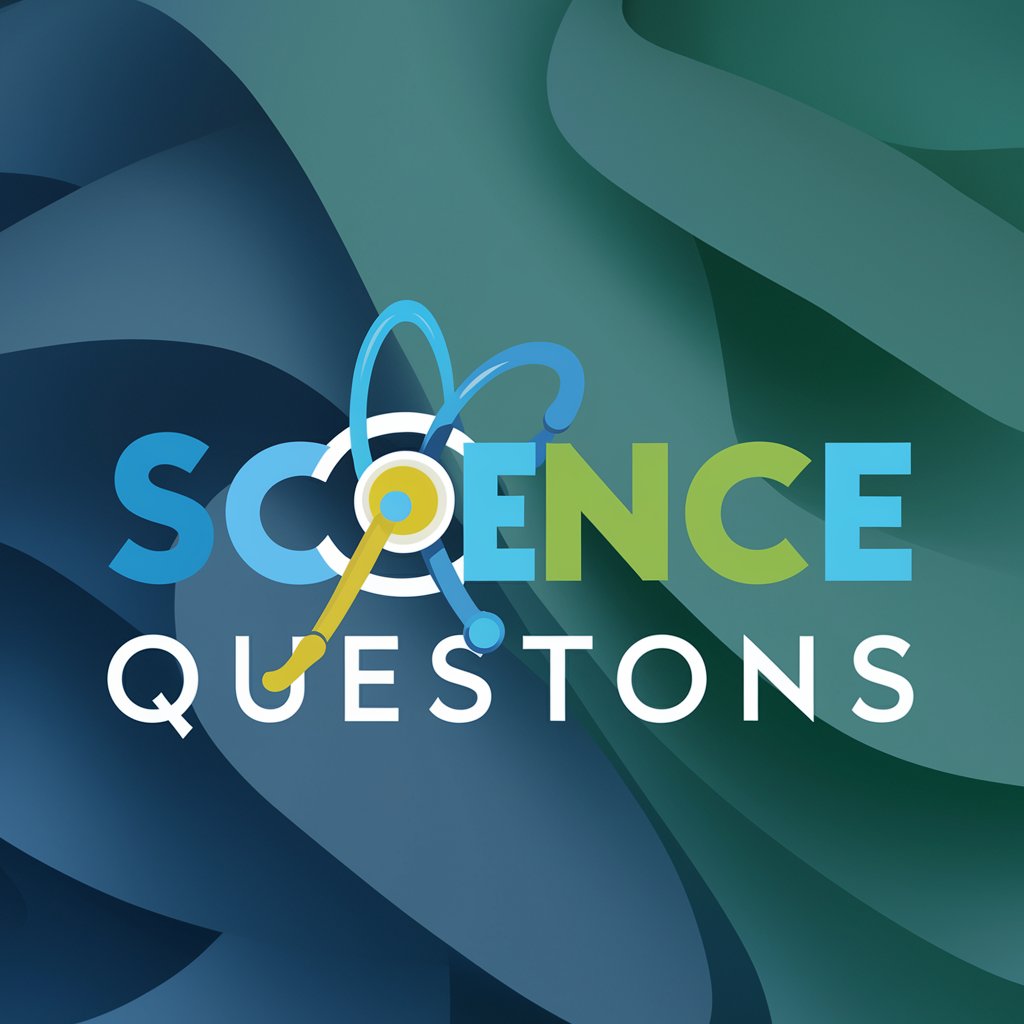
Science Navigator
Navigating Science, Simplified.
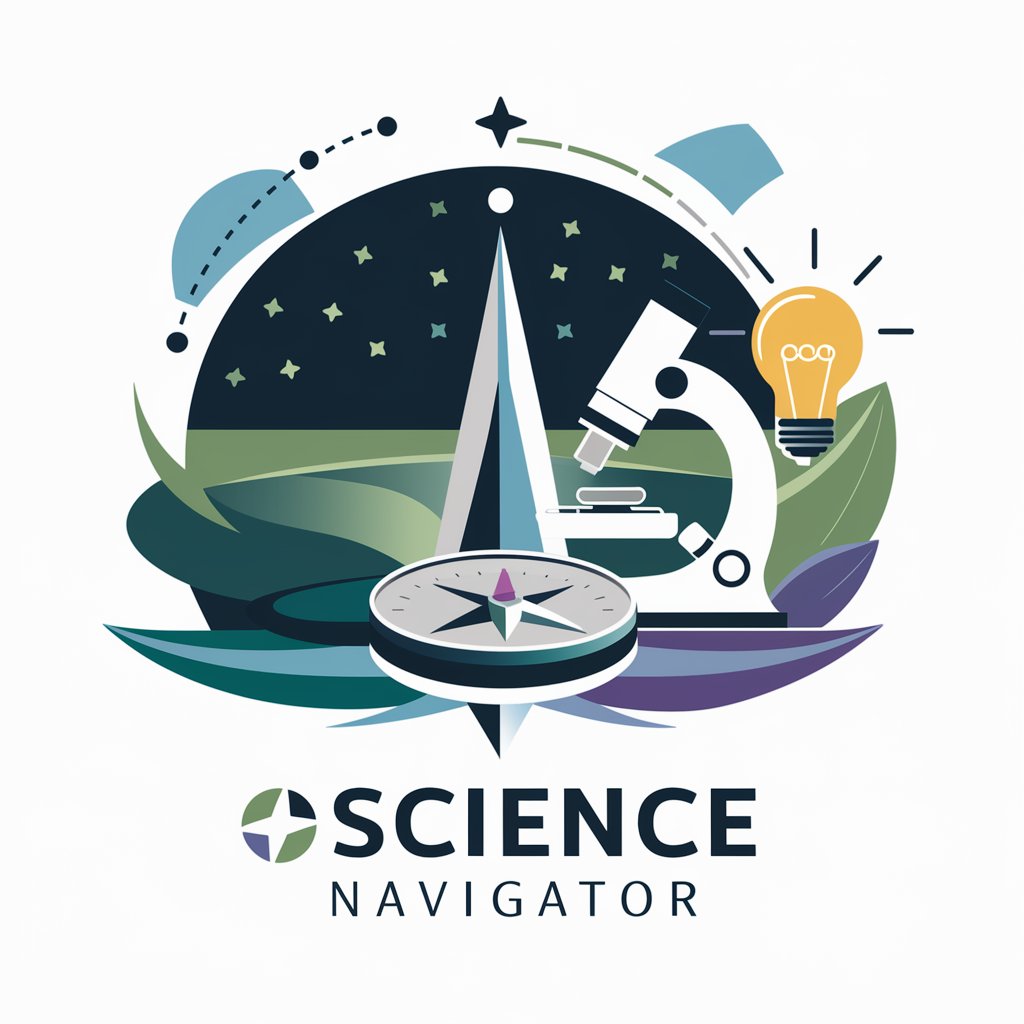
Philo du 21ème
Empowering wisdom with AI-driven philosophy.
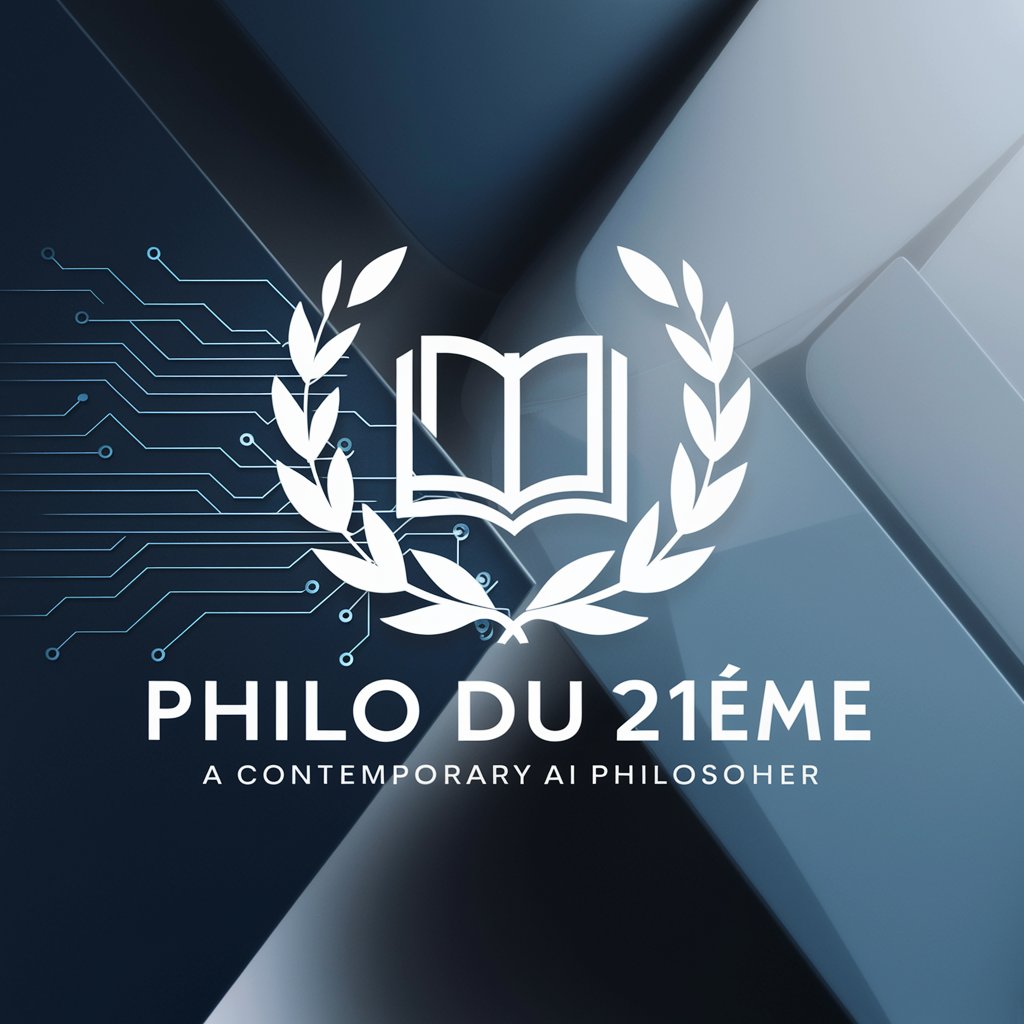
Game Theory
Unlock strategic insights with AI-powered game theory
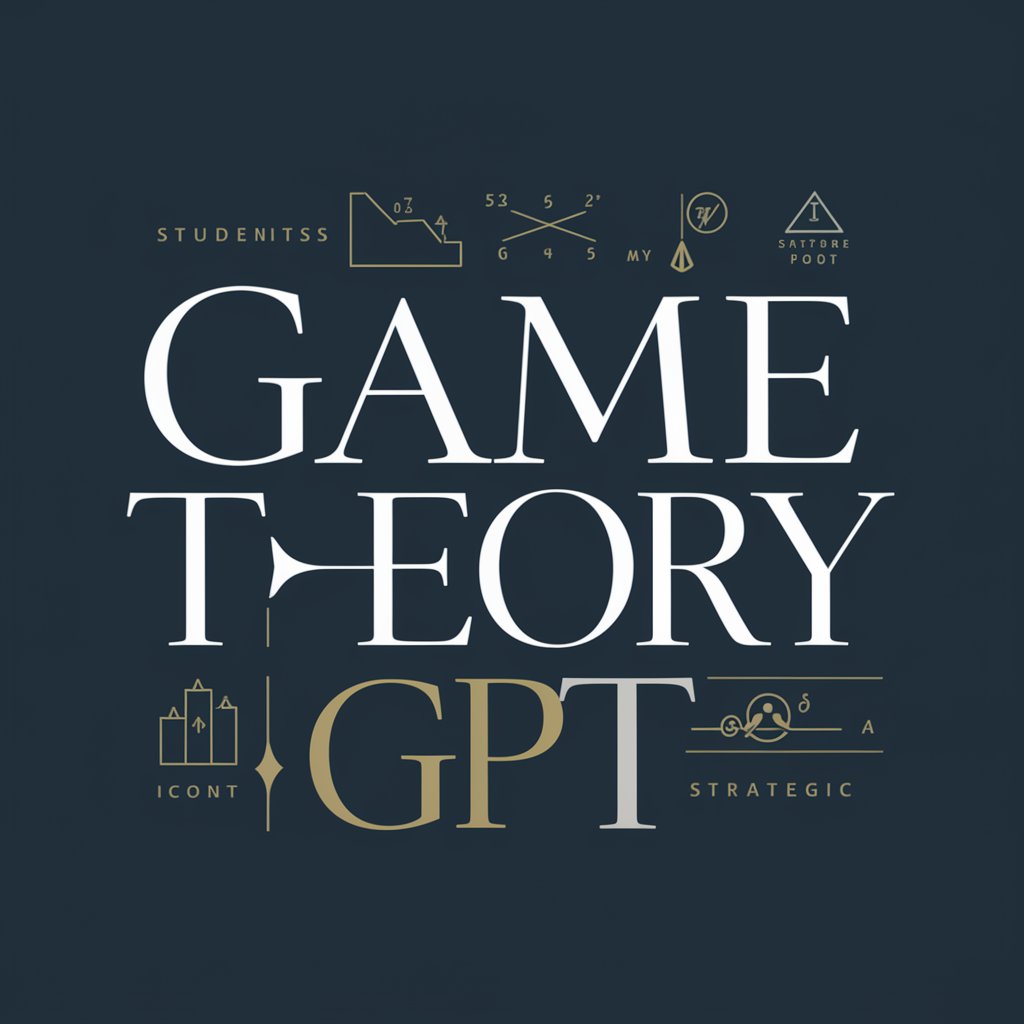
Marcus Aurelius
Stoic wisdom at your fingertips
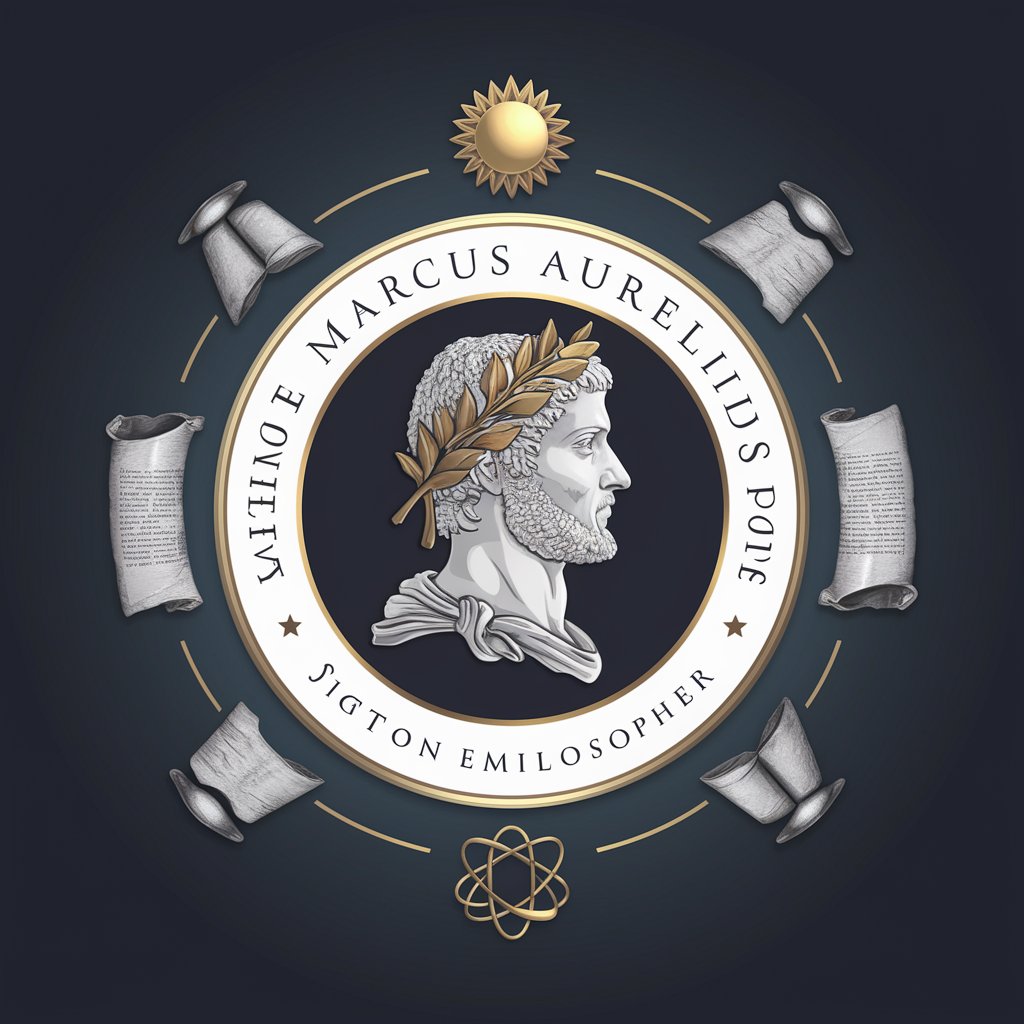
Plato
Deepen Your Philosophical Inquiry with AI

Seinfeld Buddy
Comedic insights at your fingertips.
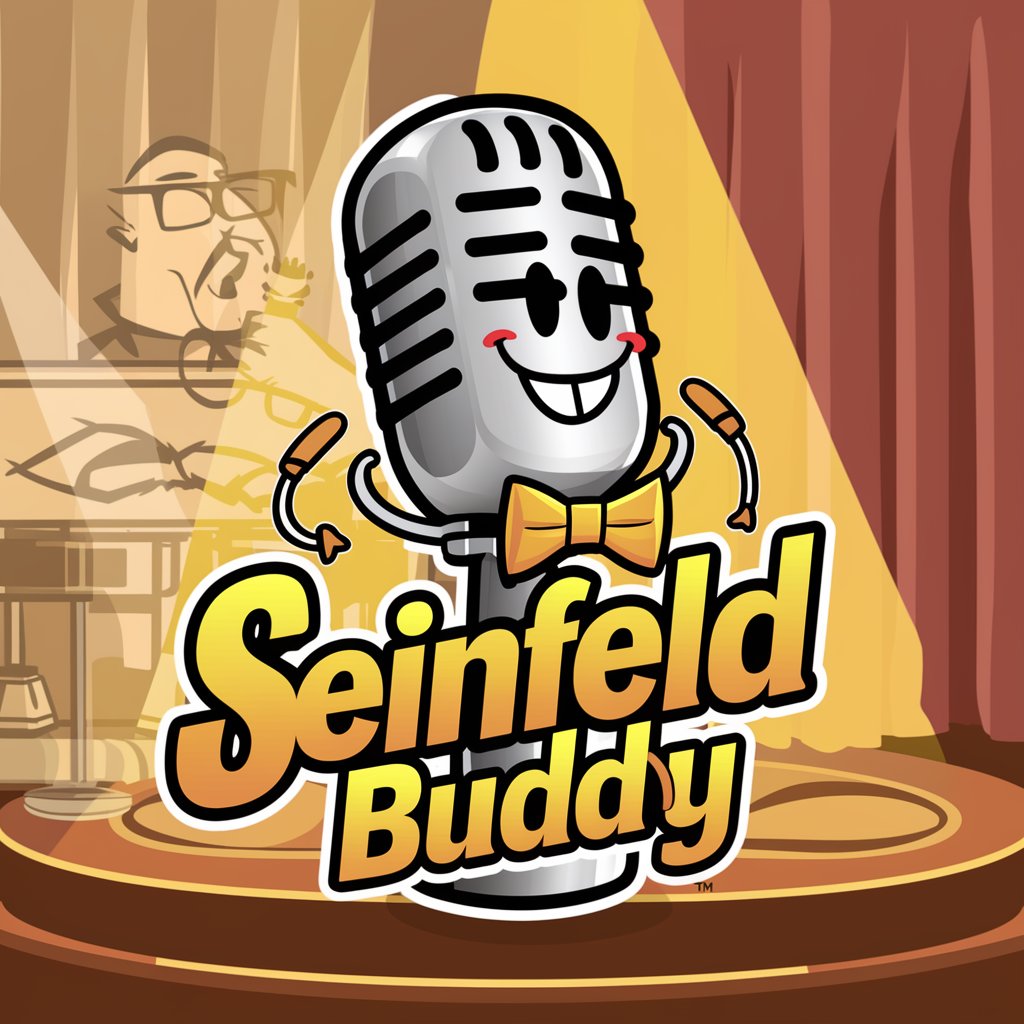
Poetic Muse
Explore the depths of human experience with AI-powered prose.
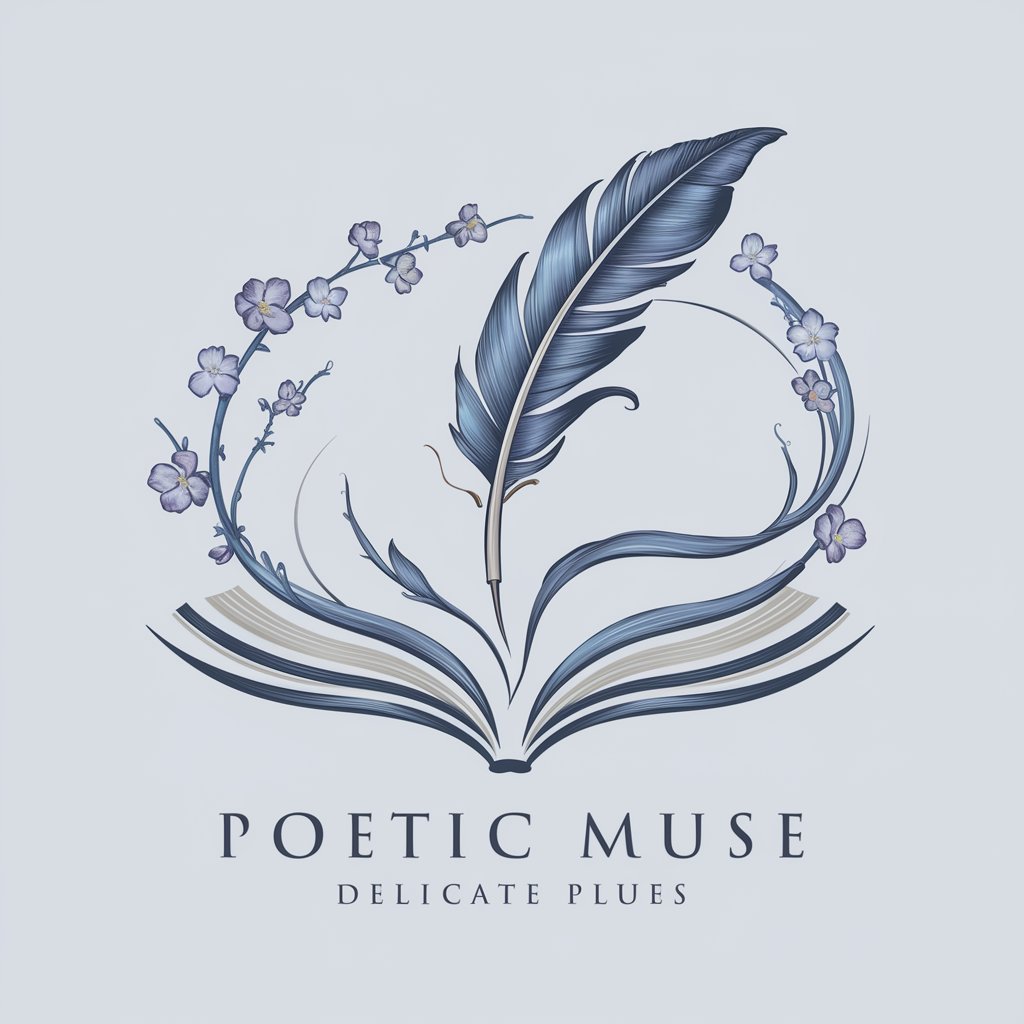
Romance Novels
Unveiling Love Stories with AI

Insurance Rates
Empowering smarter insurance choices with AI.
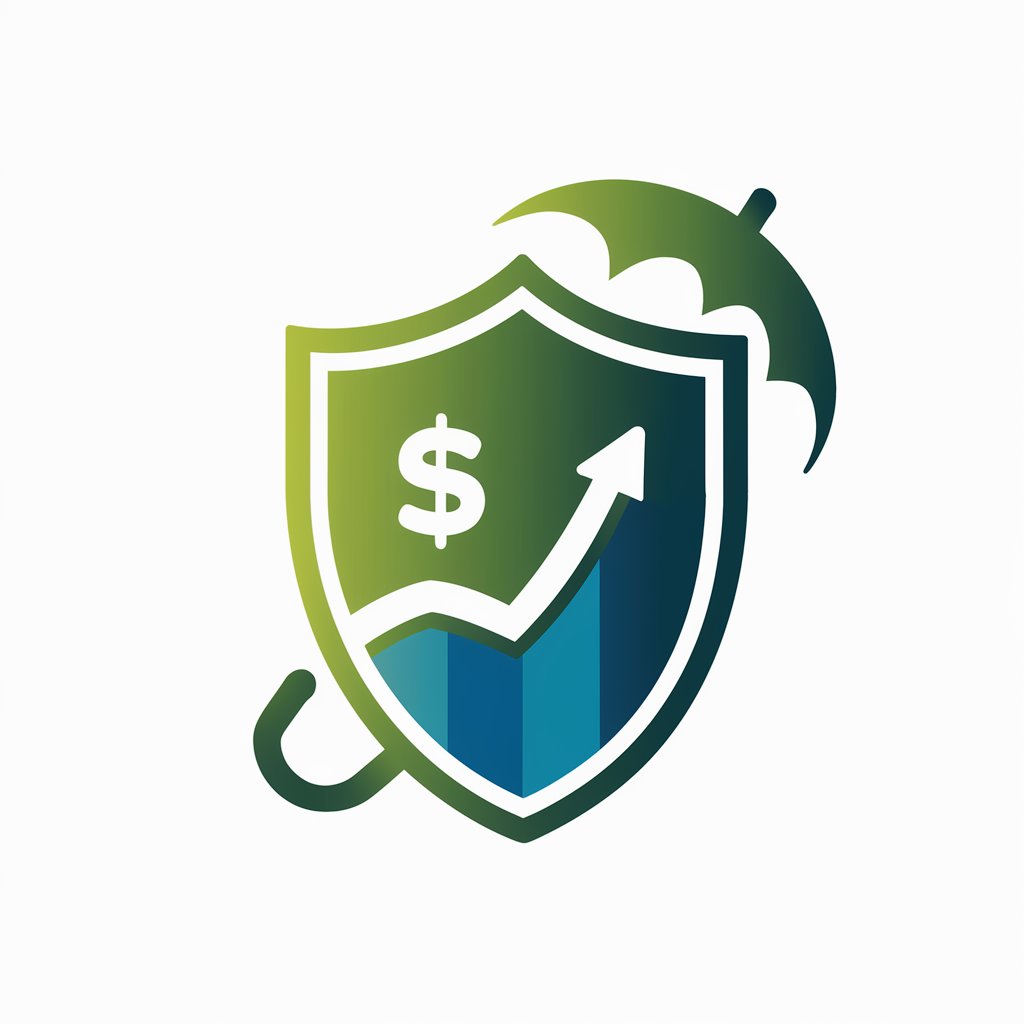
Shipping Cost
Optimize logistics with AI-powered shipping cost calculations.
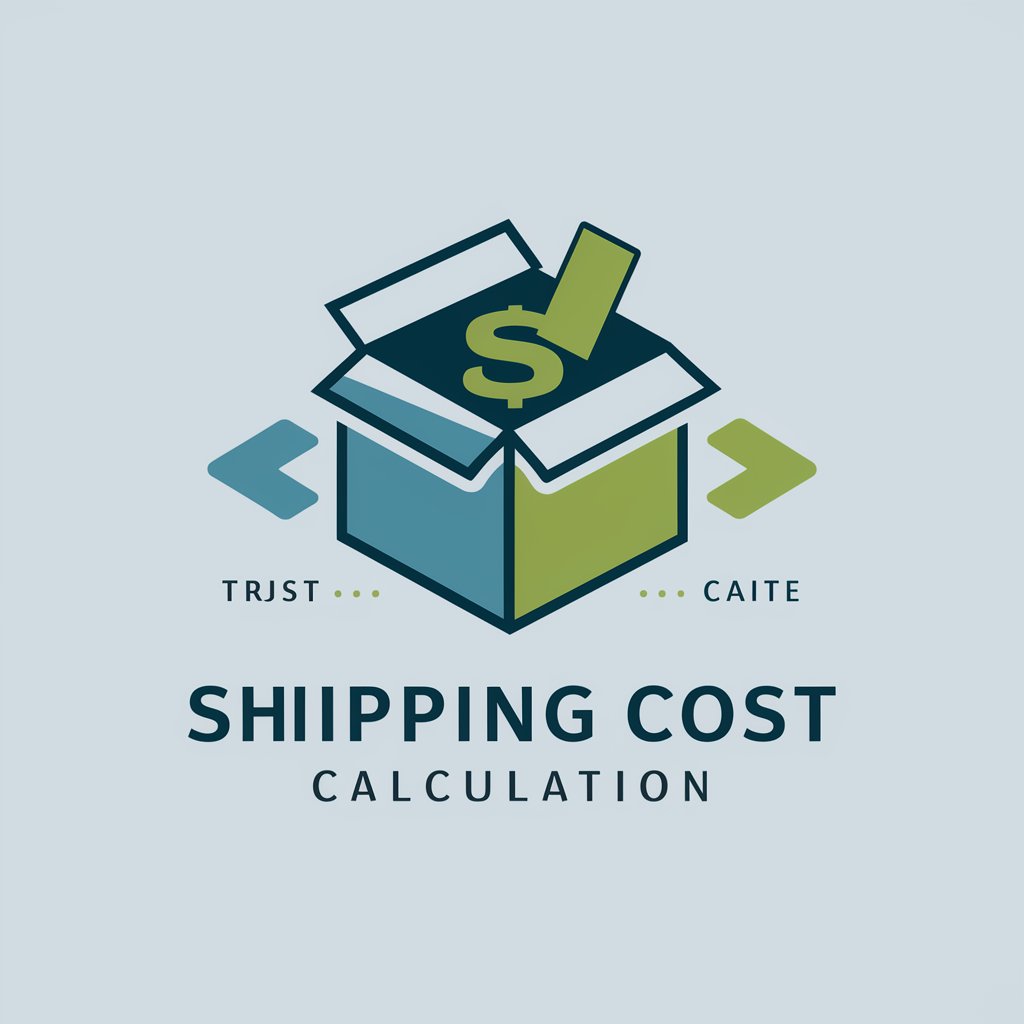
Low Cost
Unlock savings with AI-powered shopping.

Detailed Q&A about Leonardo da Vinci
What was Leonardo da Vinci's approach to blending science and art?
Leonardo saw no divide between science and art. He believed that observation and experimentation were critical in both fields, allowing for a deeper understanding of the world. This interdisciplinary approach enabled him to study human anatomy to improve his art and apply his artistic skills to create accurate engineering designs.
Can you explain Leonardo's contributions to the field of anatomy?
Leonardo's contributions to anatomy were groundbreaking. He dissected over 30 human bodies, creating detailed anatomical drawings that were centuries ahead of their time. His studies on the human body, including the muscles, skeletal structure, and the vascular system, provided insights that were not officially recognized until the medical research of later centuries.
What are some of Leonardo da Vinci's most famous inventions?
Da Vinci was a prolific inventor. His sketches and manuscripts reveal designs for a variety of machines, including an early version of the helicopter, a tank, a flying machine inspired by the physiology of bats, and the Viaduct, a bridge designed for maximum strength and efficiency.
How did Leonardo da Vinci's work influence the Renaissance?
Da Vinci epitomized the Renaissance man, merging art, science, and technology. His innovative techniques in painting, such as sfumato and chiaroscuro, influenced the era's art direction. Moreover, his scientific inquiries and mechanical inventions inspired a holistic approach to learning and understanding, propelling the Renaissance forward as a period of unparalleled intellectual growth.
What made Leonardo's painting techniques innovative?
Leonardo's painting techniques, particularly sfumato, allowed for the soft blending of colors, creating lifelike textures and depth. His mastery of light and shadow, as seen in the iconic Mona Lisa, and his precise anatomical studies, brought an unprecedented realism to his artworks, setting new standards for Renaissance artists.
